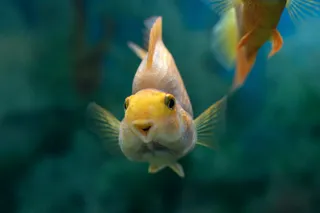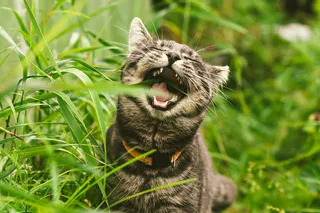It may sound superficial, but you can judge a lot about an animal from its schnoz. Plant-eaters have evolved the perfect snout shapes to nibble, chomp, or tear up the foods they love. And by decoding those shapes, scientists hope they can learn more about plant-eaters that are more mysterious—namely, dinosaurs. "When you see cows in a field, their faces almost look like they're glued to the ground as they nibble away," says Jon Tennant, a PhD student at Imperial College London. Cows are in a category of plant-eaters technically called "grazers," which means they specialize in eating grasses. Common wisdom says these animals have blunt faces so they can mow through a field efficiently. By contrast, animals that prefer leaves, twigs or fruits are called "browsers." They're thought to have pointier faces so they can reach just the parts of a plant they want. "It's all about selectivity," Tennant ...
What's In a Snout?
Discover how snout shapes of plant-eaters reveal their feeding styles and what they can tell us about dinosaurs.
More on Discover
Stay Curious
SubscribeTo The Magazine
Save up to 40% off the cover price when you subscribe to Discover magazine.
Subscribe












